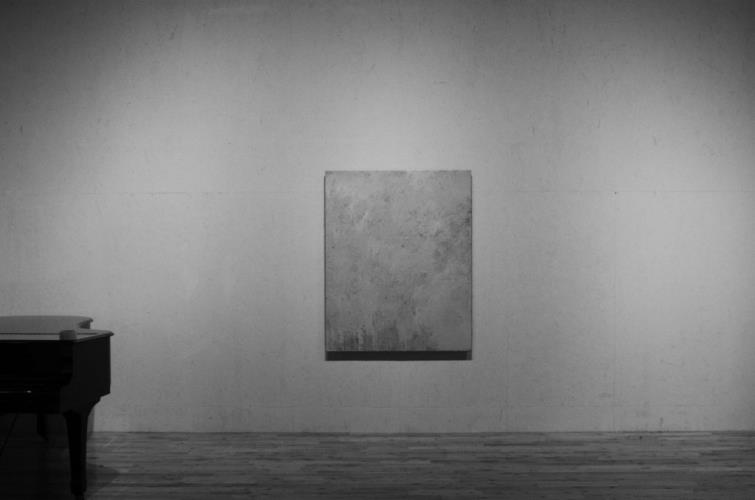Japan-based writer and traveller, specialising in design, lifestyle and travel journalism. Ron previously served as an editor of MING Magazine, ELLE Decoration and CREAM.

Work by Hatanowataru
During a visit to the Rokurokudo Gallery in Kyoto a few months ago, I watched a washi (Japanese traditional paper) exhibition by Naoaki Sakamoto. This Japanese craft has instantly caught my attention: washi alone can be the highlight of an exhibition apart from being used for writing and painting. Nowadays, the gradual decline in the demand of washi apparently gives room for artisans to come up with different possibilities for this craft, giving impetus to new means to present washi.
The technique of making washi was introduced from China to Japan during A.D. 400-500. Made of natural materials like hemps and the fibers of paper mulberry barks, this thin but durable paper has become an inseparable part of everyday life in Japan. Serving as stationery, washi can also be used to manufacture daily supplies, such as umbrellas, paper lacquerware, side tables, and baskets, as well as being found in shoji (Japanese paper room dividers), doors and folding screens. Nonetheless, in view of various factors from the evolution of modern architecture to the introduction of mechanisation from the Western countries, the Japanese demand of washi has undergone a steady slump.
Involving in the trade of washi for decades, Naoaki Sakamoto, aged nearly 70, also excels in dyeing washi. For instance, he brings out a slight brownish tone from the persimmon-dyed washi with a visible watermark that adds new flairs to the Japanese paper. Among his works, I am most intrigued by a series of papers he has dyed when he was on the road. According to Mr. Maemori, the owner of Rokurokudo, Sakamoto carries bundles of washi whenever he travels. From the forests in Norway to the seashores of Finland, Sakamoto dyes the papers on the spot to capture the beauty of the moment with local materials, such as mud.
It is said that Sakamoto has begun to dye washi due to a large number of unused papers left in his warehouse. Feeling pity for the papers, he dyes them for fun. The washi crafted by Sakamoto is now not sold as stationery anymore (he still sees his creations as kind of “tools” though) because Rokurokudo and other galleries treat them as abstract paintings and mount them as art pieces, offering new ways to appreciate the papers.
Kurotani-cho, Ayabe City, one of the main sources of washi in Kyoto prefecture, still preserves the traditional process of washi production. First, the paper mulberry barks are steamed in a pot before stripping the coarse surface; any impurities are removed after drying and boiling the stripped barks; they are then cut and ground before turning into a paper solution. Afterwards, the paper solution is put onto a huge mat in thin layers to drain off the water; the renowned Kurotani washi is made after drying in wind. The rationale of my attachment to the Kurotani washi dated back to the times when I first watched the paintings by local artist Hatanowataru by chance. Although they were encased in frames, they were actually washi with a rough, undulating texture like stones compared with the soft and light washi I have been familiar with. Hatanowataru turns them into landscape paintings with the usage of various hues of gray and black.
Hatanowataru has recently held an exhibition in Utsuwa Kyoto Yamahon in Kyoto, featuring his paintings, pots, tables and boxes made of washi, as well as the Japanese papers in the pure form without any dyeing or decorations. Keen to watch his exhibition, I was deeply moved and humbled by the aesthetics of his Kurotani washi when I touched the papers. Most of the times we find washi serving an auxiliary role in support of the production of Japanese painting, architecture and furniture, but the creations by Sakamoto and Hatanowataru give us chances to perceive the beauty of washi in new ways.
Sakamoto and Hatanowataru probably do not have any intentions to change the future of washi, or to make any significant contributions to the craft; they simply enjoy what they are doing and present the aesthetics of the papers in their perspectives. With their influential powers, they at least provide a new periscope for many people to appreciate this traditional craft. If someone could have a plan to nurture and water the seeds they have planted, the blossoming flowers could then be spread across the globe. In this way, this traditional Japanese craft can be passed down from generations to generations, staying unscathed from the passage of time and industrialisation.